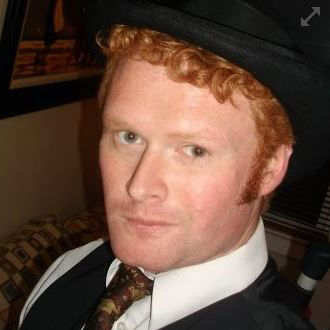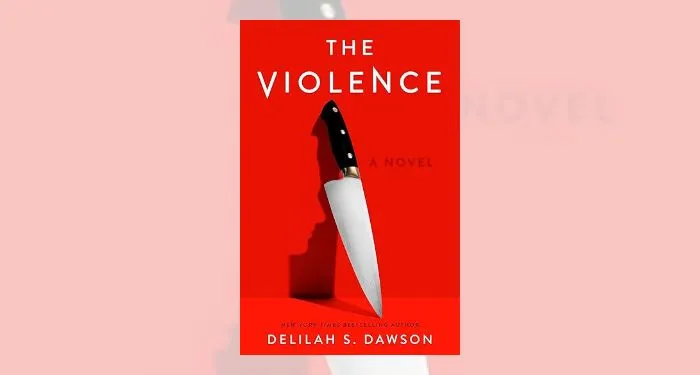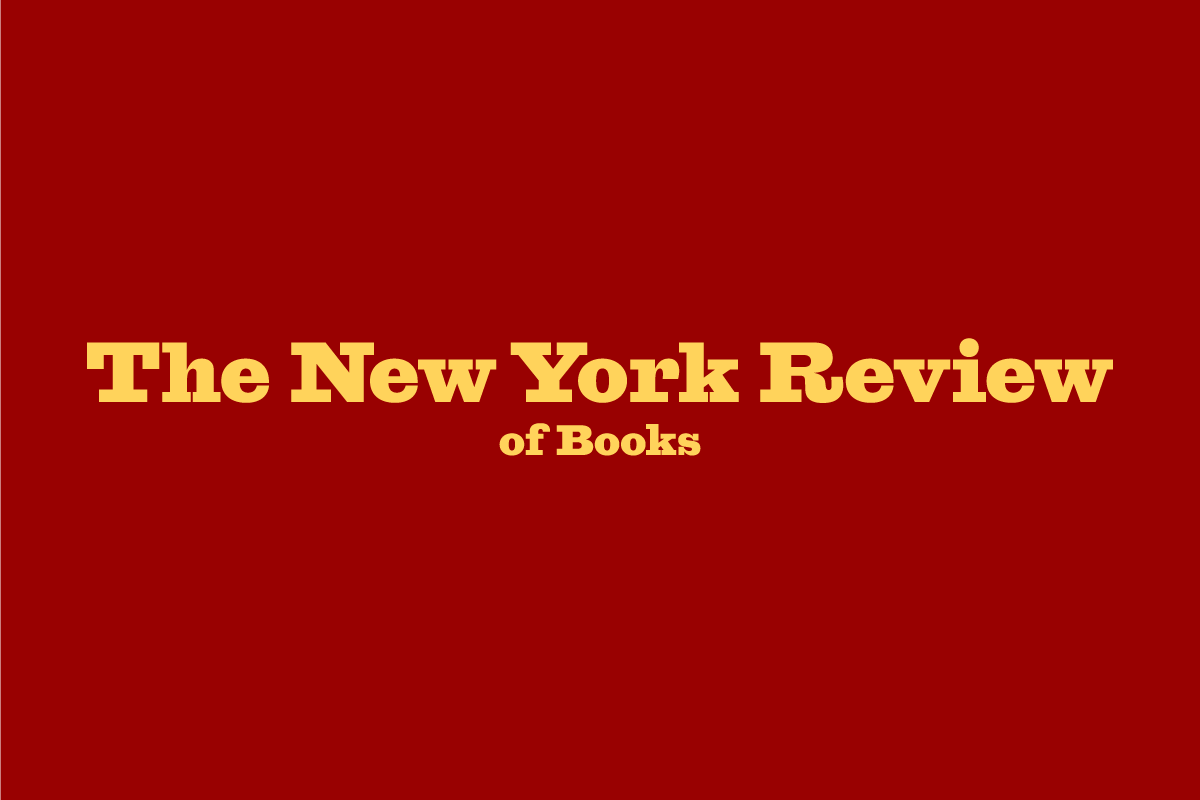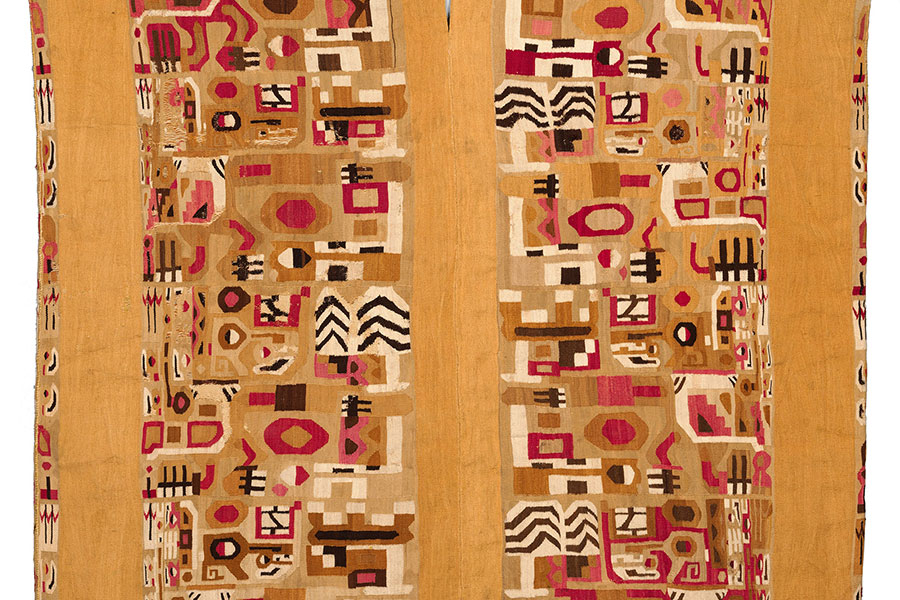Advertising and Marketing
While direct sales can be a game-changer for authors with a solid series or bundle to offer, the cost of running standard Facebook ads can make turning a profit a real challenge. Even for marketing-savvy writers, the learning phase, where Facebook figures out who’s most likely to buy, can set your ad budget on fire before you see a single sale.
But there’s a rarely used strategy that might just change the game for authors selling direct. In today’s blog, Ginger breaks down Facebook’s Cost Cap setting, a powerful but underused tool that lets you control how much you’re willing to spend per sale. When used correctly, it can help you start running profitable ads from day one, and find your ideal readers before your budget runs dry.
So, if you’ve read any of my previous articles on the topic, you should know by now that I’m an evangelical when it comes to authors selling their books directly to readers. It’s certainly not an option available to every author, but if you’ve published a series of books that have already demonstrated solid reader appeal, and that you can sell together as a bundle, it has incredible potential.
That’s because selling directly to readers through platforms like Shopify or Wix isn’t just about cutting out the Amazon middleman – it’s about taking control of your marketing in a way that can dramatically improve your profitability.
But there’s a BIG FAT OBSTACLE that stops many authors from diving into direct sales: the upfront costs of advertising.
Now, in the grand scheme of things, I’ve already made the argument that direct sales is far more financially manageable for authors, and I stand by that.
With a platform like Shopify, you can get access to the money you make in book sales within days or sometimes hours. This is vastly different to Amazon, where you have to wait 60-days-after-months-end to get your royalty check.
Advertising at higher budgets produces better results, but when you have to up-front the cost of 90 days of advertising before Amazon will pay you, the idea of running $100 of daily ads (or more) to your Product Page on Amazon is financially prohibitive to most authors.
With direct sales, you receive your royalties almost immediately, which means as long as you’re breaking even, you can have a daily advertising budget in the hundreds of dollars and you only need to front a few days of budget for it before the campaign starts paying for itself (in theory.)
But like most things that are “in theory”, the reality is sometimes different. It can take a while to optimize your direct sales ads to be profitable, and you have to eat up the costs of your advertising throughout that period.
If you’ve ever dabbled with Facebook Conversion ads, you know exactly what I’m talking about. The learning phase can be brutal on your wallet, with early Cost Per Sale figures that make you want to curl up in the fetal position and question every life choice that led you to becoming an author. Sure, once you figure out how to make your ads run profitably, you’ll make all that money back and then some… but you have to get there first.
So today, I want to share a little-known Facebook advertising strategy that could be a game-changer for budget-conscious authors looking to test the direct sales waters without risking losing too much money starting out. Let’s talk about the Cost Per Sale Goal setting (also known as Cost Cap) and how it might just be your new best friend.
The Direct Sales Advantage (And Its Big Challenge)
First, let’s quickly recap why direct sales are so powerful for authors in the first place.
When you sell your books through Amazon and use Facebook Traffic ads to drive potential readers there, you’re essentially flying blind.
Facebook can tell you how many people clicked your ad, but it has no idea whether those clicks converted into actual sales. Sure, you can mitigate that somewhat by using Attribution Tags, but even then only you have information about how much of your Facebook traffic translated into actual sales and Page Reads. Amazon doesn’t share that information with Facebook at all, which means they have no choice but to optimize Traffic ads to find people who CLICK, not people who BUY.
This is where direct sales through your own store changes everything. By installing a Facebook Pixel on your Shopify or Wix site, you can track the entire customer journey from the first time they click on your ad, to the moment they complete their purchase. Facebook learns which users not only click on your ads, but actually pull out their credit cards and make a purchase as well. This allows Facebook to optimize for BUYERS rather than mere clickers.
Sounds amazing, right? Well, it is… eventually.
The challenge is that Facebook needs data – specifically, conversion data – to optimize effectively. During this “Learning Period,” you’re essentially paying Facebook to educate itself about your audience. And boy, can that education get expensive. My early Cost Per Sale figures were often $20 or even higher. If you’re selling a bundle of books for $19.99, that’s a recipe for making a serious dent in your advertising budget before Facebook figures things out and you start to sell at a profit.
This is why many authors get scared off from direct sales before they even really get started. After all, who wants to lose hundreds of dollars while waiting for an algorithm to (hopefully) start delivering profitable sales?
Enter the Cost Per Sale Goal
Here’s where I’m going to let you in on a lesser-known advertising tool that could change your entire approach to direct sales: the Cost Per Sale Goal (or Cost Cap) setting.
When you set up a Facebook Conversion campaign, you typically optimize for the maximum number of purchases. Facebook will try to get you as many sales as possible within your daily budget, but it doesn’t prioritize how much each of those sales costs you.
The Cost Per Sale Goal turns this approach on its head. Instead of saying “get me as many sales as possible,” you’re telling Facebook: “Only get me sales that cost LESS than X amount.” Let me tell you, this small change can make a HUGE difference for authors on a tight budget.
How It Works in Practice
Here’s what happened when I tried this approach with one of my book bundles.
The standard bundle is priced at $19.99, but the vast majority of my customers take advantage of an upsell opportunity I offer them, and end up buying a bigger bundle at $29.99.
I set up a Conversion campaign with a daily budget of $100, but instead of the standard optimization, I set a Cost Per Sale Goal of $15. This meant I was telling Facebook: “Only find me customers if you think you can deliver them for less than $15 each.”
I hoped that this would mean I’d get at least a $5 profit for each of the standard bundles I sold, and make $15 on every upsell bundle.
The results were fascinating.
- Facebook rarely spent my full daily budget–sometimes as little as $3-5 per day
- My Cost Per Sale was consistently under my $15 goal–sometimes as low as $6
- I’d get fewer sales overall–maybe 1-2 per day instead of 3-6
- But each sale was PROFITABLE from day one
Think about that: instead of losing money during the learning phase, I was making money from the very beginning.
On some days, I’d spend $5 on advertising and make $30 in sales – a 6x return on investment!
Was I getting rich quick? Absolutely not. But I was building a sustainable, consistently profitable system that I could run without anxiety about whether I was going to max out the limits of my Facebook advertising before Shopify had provided me with the royalties which which to pay the bill.
The Psychology Advantage
There’s another benefit to this approach that’s harder to quantify but incredibly important: the psychological relief.
When you’re constantly checking your Facebook ads dashboard and seeing a negative ROI, it creates anxiety that can affect your whole creative process. You start questioning your book’s appeal, your marketing skills, maybe even your career choice.
With the Cost Per Sale Goal approach, that anxiety disappears. You know that even if you’re only getting a trickle of sales, each one is profitable. That little dopamine hit when a sale notification comes in isn’t immediately followed by the dread of “but how much did I spend to get this one?”
This positive reinforcement loop is incredibly valuable for authors just starting out with direct sales. It keeps you in the game long enough to learn the ropes without burning out.
The Limitations (Because Nothing’s Perfect)
Of course, this approach isn’t without its downsides. Let me share what I’ve learned the hard way:
Learning Limited Status
Facebook needs about 50 conversion events within a 7-day period to exit the learning phase. If your Cost Per Sale Goal is too restrictive, Facebook might struggle to find enough buyers who meet your criteria. This can keep your campaign stuck in “Learning Limited” status.
When this happens, Facebook essentially tells you: “I can’t find enough people who will buy at the price point you want.” You’re then faced with a choice: raise your Cost Per Sale Goal or accept that your campaign won’t fully optimize. In my experience, it’s better to start with a slightly higher goal (that’s still profitable) and gradually lower it as Facebook gathers data.
Scaling Challenges
The biggest limitation of this approach is scaling. With standard conversion campaigns, scaling is relatively straightforward: increase your budget, get more sales (although at potentially higher costs). With Cost Per Sale Goal campaigns, simply increasing your budget doesn’t work the same way. Since Facebook is already limited by your cost restriction, giving it more money doesn’t necessarily mean it will find more customers who meet your criteria. I discovered this when I tried to scale my successful $15 Cost Cap campaign by doubling the budget. As it turned out, Facebook still spent roughly the same amount and delivered the same number of sales. I was limited by the Cost Per Sale I wanted to achieve, and the only way to scale this was to raise my Cost Per Sale Goal, which started eating into my profits.
The Price-Volume Tradeoff
This approach forces you to confront the fundamental business question: would you rather make a larger profit margin on fewer sales, or a smaller margin on more sales? With a tight Cost Per Sale Goal, you’re essentially choosing the former. This can be a great starting point, but it might limit your overall revenue potential. One strategy I’ve found effective is to use the Cost Per Sale Goal to establish profitability, then gradually relax the restriction as you build confidence in your direct sales funnel.
Practical Tips for Making This Work
If you want to try this approach yourself, here are some practical tips based on my experience:
Set the Right Initial Goal
Your Cost Per Sale Goal should be:
- Lower than your product price (obvious, but worth stating)
- High enough to give Facebook some flexibility
- Ideally, around 60-80% of your product price
For a $9.99 book, a goal of $4-6 might be reasonable. For a $29.99 bundle, $15-25 could work well. This is why selling bundles of books is a consistently more successful approach than selling individual books.
Optimize Your Landing Page First
Since Facebook will be extremely selective about who sees your ads when you set a Cost Per Sale Goal, make sure your landing page converts as well as possible. A weak landing page will make it harder for Facebook to find profitable customers.
Test your page with friends or fellow authors before launching ads. Is it clear what you’re selling? Is the buy button obvious? Does the page load quickly? Then track your conversion percentages over time.
Each increase you make to the percentage of customers who “convert” into readers after landing on your page helps squeeze a bigger potential audience out of Facebook.
Consider Bundles Over Single Books
The Cost Cap approach works best when you have a healthy profit margin to work with, which is why I mentioned above that selling bundles of books is invariably a more successful approach than just advertising a single title.
Single books at $4.99 don’t give you much room between your price and your Cost Per Sale Goal. This is why direct sales isn’t for everybody. Authors who have longer series can squeeze a lot more profit out of them by bundling them together.
My most successful Cost Cap campaigns have been for bundles priced at $19.99 or higher, but with an upsell opportunity that takes that price up to $29.99.
Be Patient with Limited Data
With fewer sales coming in, you’ll have less data to analyze. Resist the urge to make changes too quickly–give campaigns at least 7-10 days before judging their performance.
Have an Upgrade Plan
Think of the Cost Per Sale Goal as training wheels, not a permanent solution. As you build confidence and capital, develop a plan for gradually testing higher budgets and different optimization strategies. Eventually, you’ll have a sales funnel that consistently converts at a profit without having to use a Cost Per Sale Goal, and then you’ll be able to scale at a much more dramatic rate.
A Middle Path for Authors on a Budget
What I love about the Cost Per Sale Goal approach is that it offers a middle path for authors interested in direct sales.
On one side, you have the high-risk, high-reward approach of running standard Conversion campaigns with big budgets.
On the other, you have the zero-risk but also zero-reward approach of avoiding direct sales altogether.
The Cost Per Sale Goal sits perfectly in between: limited risk with limited but real rewards.
It’s like dipping your toe in the direct sales water instead of diving headfirst into the deep end. For many authors, this might be exactly the balance they need to get started without fear.
Conclusion: Start Small, Think Big
Direct sales have transformed my publishing business, and I believe they can do the same for many other authors.
However, in an ideal world, the upfront costs shouldn’t be a barrier to entry.
The Cost Per Sale Goal approach I’ve outlined here isn’t going to make you a millionaire overnight. It’s not going to deliver hundreds of sales per day or let you quit your day job next week. What it will do is give you a sustainable, low-stress way to begin building your direct sales channel without feeling like you’re risking your next mortgage payment to do so.
Start small, learn the ropes, and gradually expand as your confidence and capital grow. Eventually, you might find yourself ready to remove those training wheels and explore the full potential of direct sales marketing.
Or, at least, that’s what I think!
I’d love to hear your opinions. Have you tried using Cost Caps in your Facebook ads? Or are you just getting started with direct sales? I’d love to hear about your experiences in the comments below – often they’re what inspire the next articles I write.
Share this blog
About the Author

Ginger is also known as Roland Hulme - a digital Don Draper with a Hemingway complex. Under a penname, he's sold 65,000+ copies of his romance novels, and reached more than 320,000 readers through Kindle Unlimited - using his background in marketing, advertising, and social media to reach an ever-expanding audience.



















 English (US) ·
English (US) ·